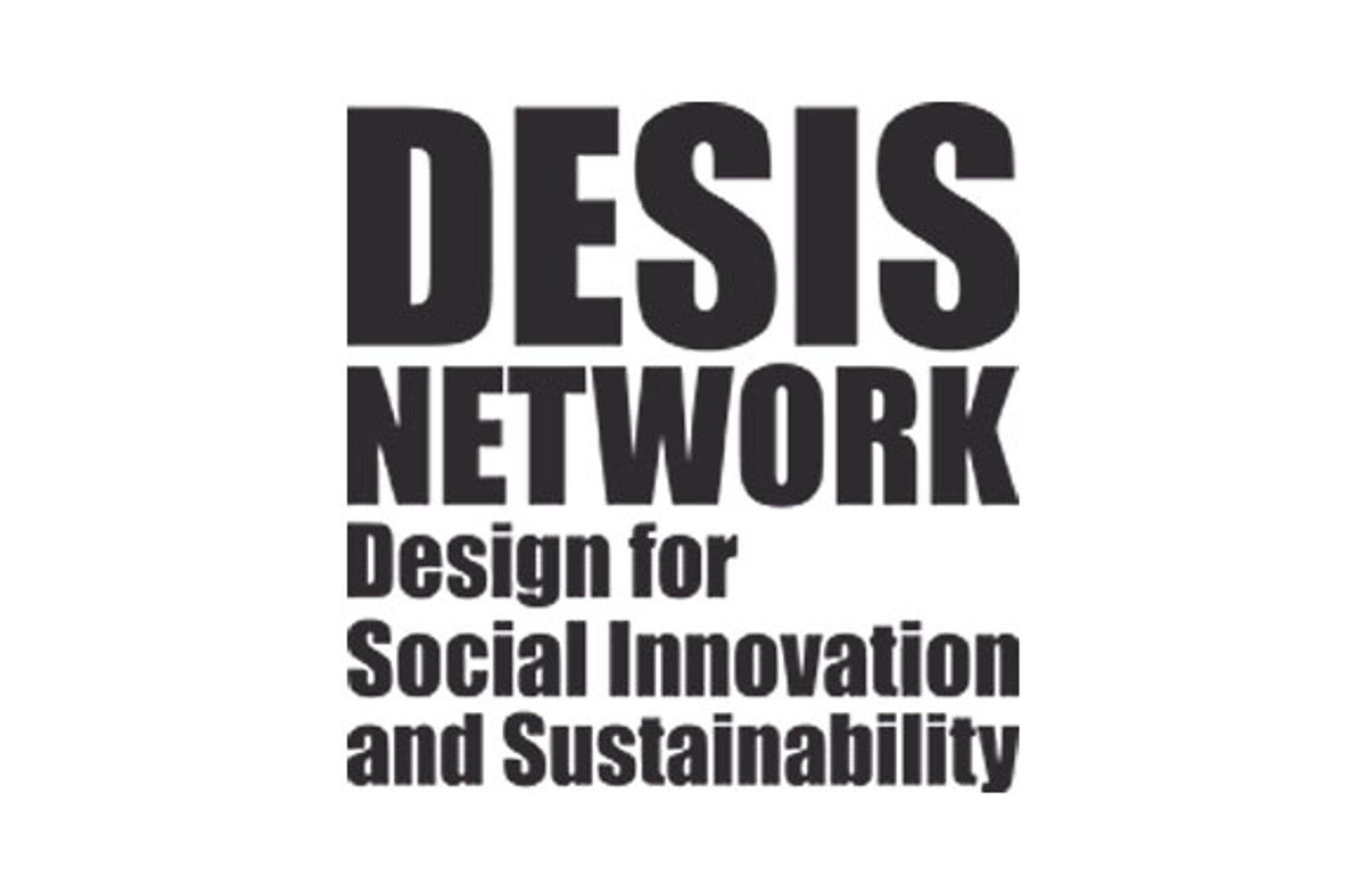
In 2009, the global network Design for Social Innovation towards Sustainability (DESIS) was formally organized to leverage and connect design labs based in universities and schools of design with local, regional, and global partners in working toward sustainable social change. The DESIS network was founded by the Italian design researcher, educator, and author Ezio Manzini, whose work has expanded the notion of what it means to design for sustainability and social innovation. Manzini criticizes most current sustainability efforts in design as generally focused on a similar idea of the commercialization of all social and political desires; the idea that you can “purchase” a sustainable lifestyle is at odds with the kind of sustainability that centers social and political life in an economic world of finite resources and deteriorating public and social infrastructures. Manzini envisions a sustainable world as pluralistic, occupied by many different scenarios that are “small, local, open, and connected” (the SLOC framework).[i]
As demonstrated by his efforts at global network building, Manzini is clear about the necessity of working at an institutional level to sustain this work.[ii] Design for social innovation is not a project-scale endeavor. Rather, it requires systemic and long-term efforts, first at the scale of practice and then at the scale of the design discipline. Through the DESIS network, researchers, practitioners, students, and community-citizen participants in DESIS-facilitated projects share their experiences, methods, best practices, results, and frustrations to build knowledge, enhance the disciplinary catalog of methods and outcomes, and connect designers and constituents around the globe.

From 2018 to 2020, DESIS organized the Design × Social Innovation and Cities initiative, which organized design schools around the world in direct participation with their communities. According to a report on the initiative published in 2019, “The possible intersections between city-making, social innovation and contemporary design are many, and highly diverse.”[iii] The report organized the wide-ranging activities under four subthemes: design for social cohesion, design for regenerating commons, design for urban production, and design for urban infrastructure.

One such collaboration was the Latham St. Commons project in Pittsburgh, Pennsylvania. Working on the site of vacant hundred-year-old garages, a team of students, faculty, researchers, and community participants put into motion a novel approach for improving community health and cooperation. “We are co-creating an inclusive and engaged community, connecting neighbors by collecting and sharing information. … We have worked extensively with the community over several years to learn about their needs and wants. This process allowed the project to grow out of the specificity of the place, our local economy and culture. … [W]e serve as facilitators to help leverage the community’s ability to create healthy environments by providing resources to confidently pursue life changes.”[iv]
The Latham St. Commons (LSC) generated multiple small but interrelated thematic initiatives. Addressing challenges of health, the site operated work on delivering “important health information about HPV [human papillomavirus] and then offering HPV vaccinations on-site at LSC. Exceeding expectations, 297 young adults were vaccinated, preventing them from getting an HPV-related cancer.” Addressing challenges of climate and energy, the site now redirects an estimated 137,916 gallons of waste water annually from the city’s sewer system. “We built a continuous, 20 vessel rainwater collection and dispersion system.” Addressing challenges of food access, “for two years we have worked alongside the community, experimenting with growing food on rooftops and vertical walls and giving away significant amounts of produce.” Addressing challenges of underserved youth, the site has “workshops focused on 21st century literacies, strengthening identity, and the importance of self-care.”[v]
The Latham St. Commons project demonstrates peer-to-peer urbanism, a form of decentralized, participatory design in the urban environment. In such projects, knowledge about methods are freely exchanged so that they can be adapted to the unique local conditions of other places—an organizational idea borrowed from the open-source software movement.
[i] Ezio Manzini, “Small, Local, Open, and Connected: Resilient Systems and Sustainable Qualities,” Design Observer, February 6, 2013, https://designobserver.com/feature/small-local-open-and-connected-resilient-systems-and-sustainable-qualities/37670.
[ii] Manzini, Design, When Everybody Designs, 61.
[iii] Ezio Manzini and Carla Cipolla, “Design for Social Innovation and Cities,” DESIS Network, 2021, 11, https://www.desisnetwork.org/wp-content/uploads/2019/10/Design_for_social_innovation_and_cities_s.pdf.
[iv] Manzini and Cipolla, “Design for Social Innovation and Cities,” 66.
[v] Manzini and Cipolla, “Design for Social Innovation and Cities,” 62–69.
👉 Home